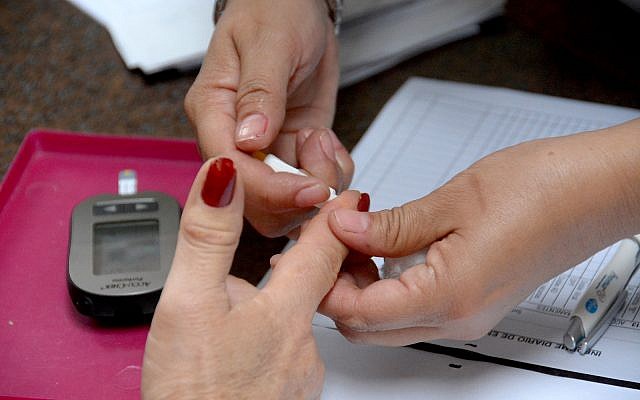Possible Link Between Preservative and Diabetes
Based on a study observing mice and humans, researchers have discovered a connection between the preservative propionate and diabetes.

Every week new suggestions seem to pop up with possible connections between everyday objects, activities and foods and some horrific condition. Some of these have a semblance of scientific research behind them, and many are absolute bunk, but when scientists at Israel’s Sheba Medical Center, Boston’s Brigham and Women’s Hospital and Harvard’s school of public health publish their research, it’s probably worth reviewing.
According to The Jerusalem Post, diabetes currently affects more than 400 million people worldwide, and has been on the rise. That number is expected to surpass 640 million by 2040, so a focus on factors contributing to diabetes has become the subject of scientific research worldwide.
Recently, the aforementioned researchers announced they had discovered a connection between the preservative propionate and diabetes. Their study, published in Science Translational Medicine journal, was based on observing mice and humans.
“The short-chain fatty acid propionate is a potent inhibitor of molds that is widely used as a food preservative and endogenously produced by gut microbiota,” the study’s abstract reads.
Propionate is used to slow mold growth, particularly in breads, baked goods and cheeses, to extend their shelf life.
“Although generally recognized as safe by the U.S. Food and Drug Administration, the metabolic effects of propionate consumption in humans are unclear.”
The researchers administered propionate to mice first to gain information on its possible effects on some of mankind’s closest genetic relatives.
Surprisingly, the propionate set off a series of reactions beginning with a surge in hormones followed by increased glucose production causing hyperglycemia, high blood sugar, an indicator of diabetes.
When given a proportional amount of propionate to what might be found in food, the mice developed a resistance to insulin and began gaining weight. Overall, the studies involving mice seemed to have all the key indicators leading scientists to continue with the theory.
When observing human subjects, the researchers examined 14 people in good health — notably, a small sample size — in a double-blind, placebo-controlled study. Those who ingested propionate showed higher levels of specific hormones leading to higher blood sugar.
The findings indicated that propionate may be one factor contributing to rising levels of obesity and diabetes, and even though it has been approved by the FDA, the researchers suggested it may be worth investigating other methods of preserving foods.
Dr. Amir Tirosh, director of the Institute of Endocrinology at Sheba Medical Center, told the Post that the study aimed to shed more light on increased obesity.
“The dramatic increase in the incidence of obesity and diabetes over the past 50 years cannot be attributed to genetic changes, and involves contributing environmental and dietary factors,” he said.
He added that chemicals such as food preservatives are among those factors requiring additional scrutiny.
“One such factor that warrants attention is the extensive use of chemicals in the processing, preservation and packaging of foods,” Tirosh said. “We are exposed to hundreds of these chemicals on a daily basis, and most have never been tested for their long-term metabolic effects.”
Overall, the study is not conclusive evidence that propionate is a cause of diabetes, but certainly indicates that more research is needed.



comments